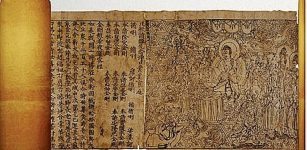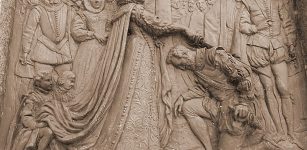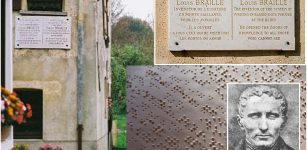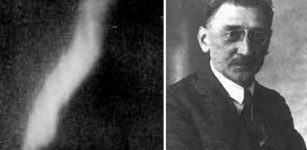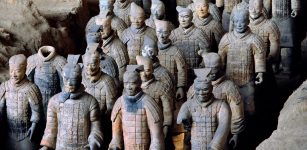On This Day In History: Huaynaputina Volcano In Peru Erupted – On Feb 19, 1600
MessageToEagle.com – On February 19, 1600, the eruption at Huaynaputina Volcano was accompanied by large earthquakes at 11:00 am and 1:00 pm. The eruption began with tremendous explosions, the sky grew dark and white ash fell over the countryside. Volcanic lightning was observed in the eruption plume.
The noise was described as similar to artillery fire, and combined with the darkness and rain of white ash, terrified the inhabitants.
Ashfall continued until 22nd February when the sun shone through briefly.
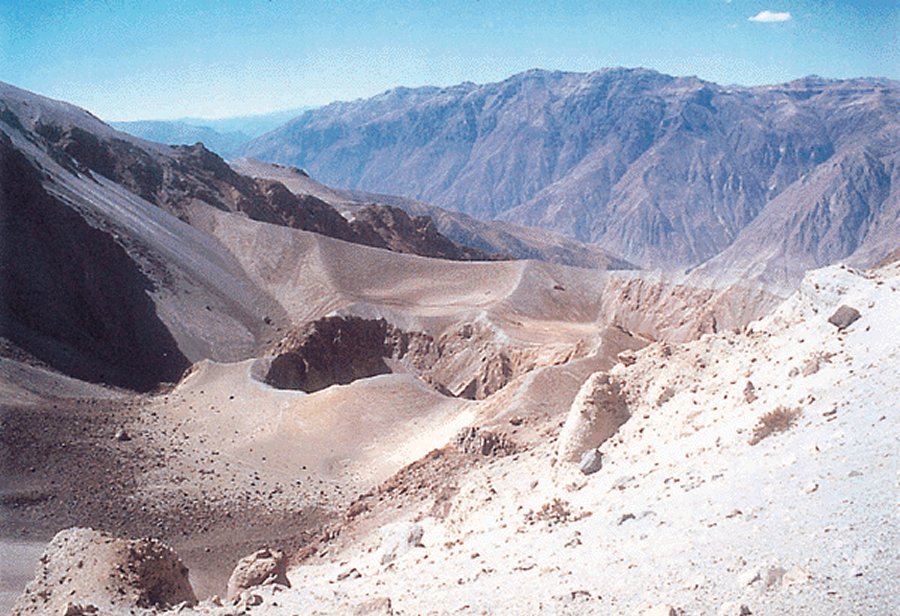
This was one of the largest eruptions of the past few centuries. Reconstruction of the extensive deposits of volcanic ash around the Huaynaputina volcano determined that this eruption threw out nearly 10 km3 of molten rock.
The following summer of 1601 was the coldest of the past 600 years across the Northern Hemisphere and the eruption of Huaynaputina was directly responsible for this widespread cooling.
Earthquakes began on 15th February 1600 and increased in strength and intensity until 19th February when some buildings in the town of Arequipa fell down. Up to 200 earthquakes were felt in 24 hours. Ash emission ceased on 23-24 February but resumed on 25th February when darkness lasted for 40 hours. Intermittent ash falls continued from Huaynaputina until 6th March 1600, but the sun remained hazy until 2nd April, when the air cleared.
Three of the four vents at Huaynaputina volcano formed at an elevation of 4200 m, which makes them some of the highest known Plinian vents.
Inhabitants at Quinististacas village, 11 kilometers south of Huaynaputina were buried under rocks and ash. Inhabitants of Omate, 16 km from the volcano, were buried under pyroclastic flows. There were also no survivors from the following villages – Chiqueomate, Lloque, Tacsate, Solona and Checa.
A hot lahar from Huaynaputina flowed 120 km to the sea.
Huaynaputina Volcano is located in southern Peru, 26 km south of Ubinas volcano. The name Huainaputina in the native indian language (quechua) means the “young boiling one“.
Prior to the 1600 eruption, no volcano was identified in the area which was described as a “low ridge in the center of a Sierra”.
First version of this article was originally published on February 19, 2016.
MessageToEagle.com
Expand for references
